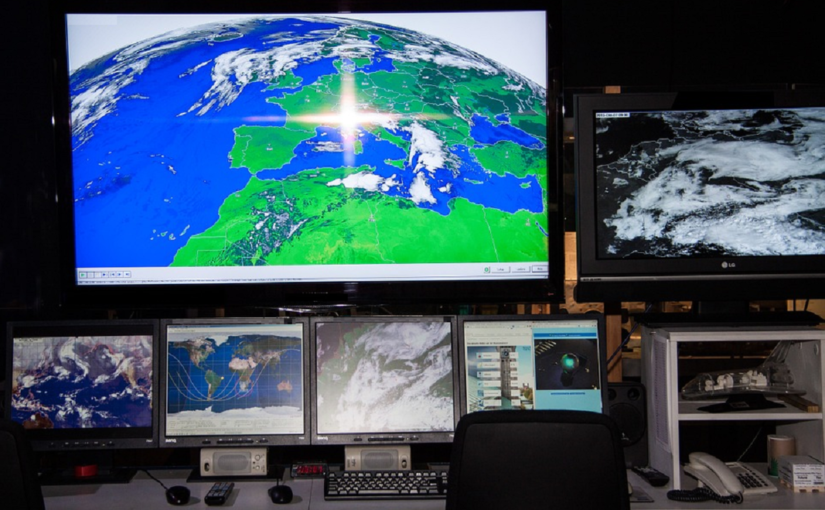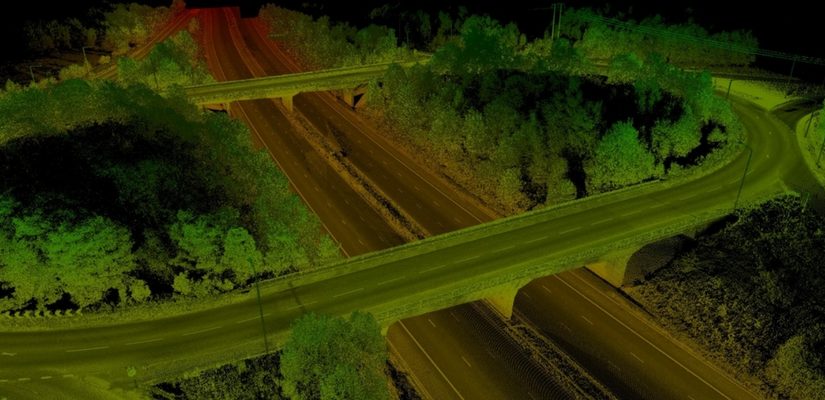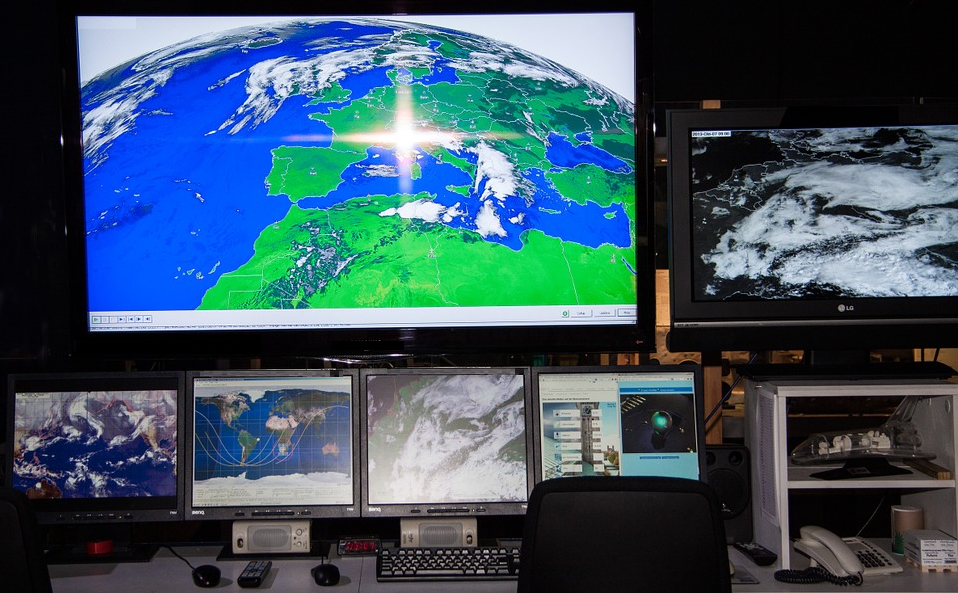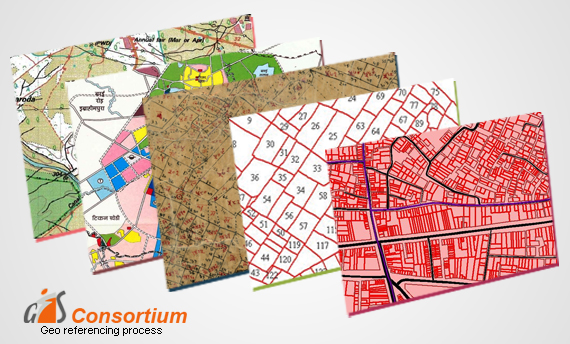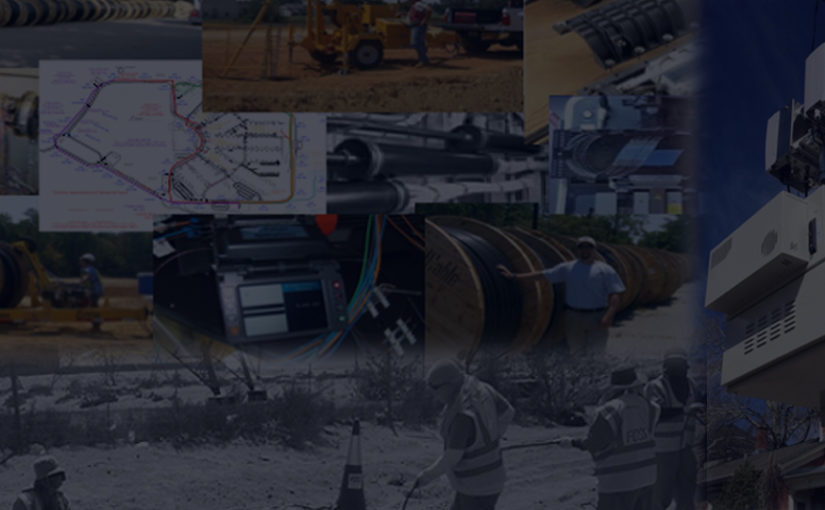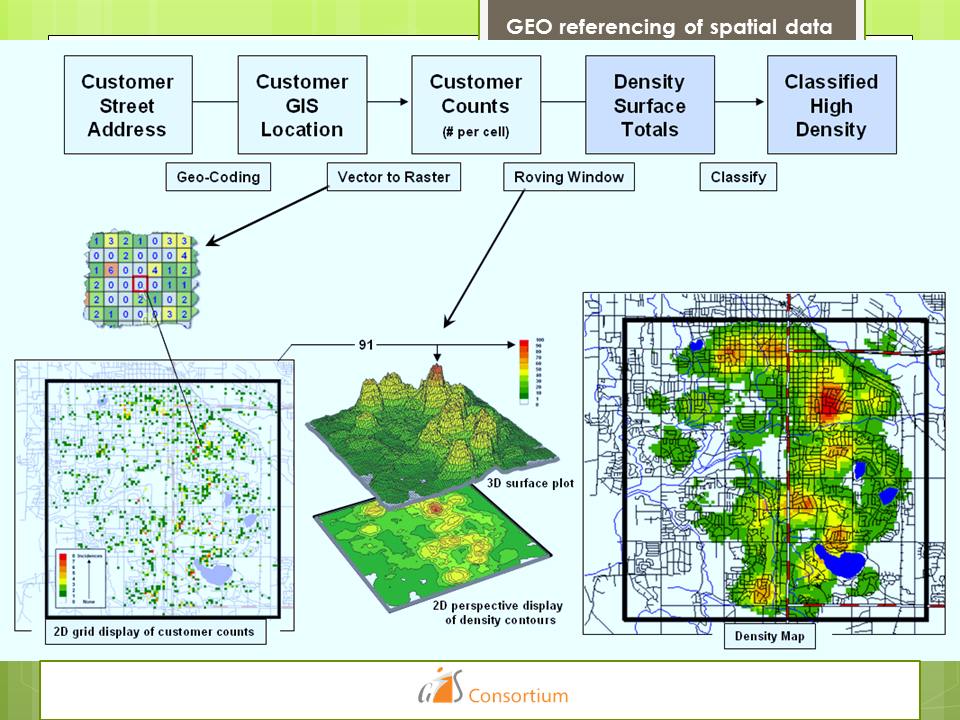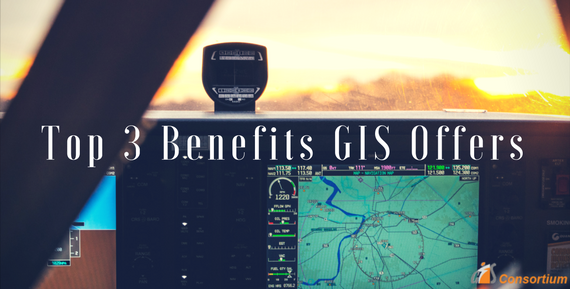The location intelligence often derived from GIS plays a crucial role in the success of various businesses and organizations around the globe. About 65 percent of businesses consider location intelligence critical or very important to revenue growth.
This technology can shift the perspectives of corporate leaders and the direction of their businesses. Increasingly, businesses are turning to geographic information systems to develop new markets, solve supply chain problems, foresee growth. Also, improve efficiency of routes and services, gain competitive edge etc.
Those with GIS skills within their data and business analysis capabilities are finding themselves at the center of vital discussions, regarding the direction and operation of their companies.
Geographic Information System (GIS) in University
Few universities also have initiated Geographic Information System courses in their curricula, understanding the power of a modern technology to reveal real-time insight or global trends on easy-to-understand maps and visualizations.
The significance of this technology rising, especially as the Internet of Things continues to expand, sending out streams of data that can be used for business decisions.
Penn State World Campus now provides two master’s degrees related to Geographic Information System. One focuses on developing and applying it in the corporate workplace. The other concentrates on geospatial intelligence. It is used in such situations as disaster response and recovery of all types. It also offers certificates in several areas of it’s usage and applications.
The Esri Academy also provides several ways to learn about GIS from introductory courses to high-end training on system software. Various courses in the Esri training catalog offered are online and free.
Though the skills regarding this technology may not be a prerequisite for occupying the C-suite today, but they are increasingly acknowledged as critical to success and growth.
The utility of Geographic Information System is not only growing in business, but also in natural sciences, environmental sciences etc.
With several things happening in the fast-changing digital world, the GIS role in Business gaining momentum can soon become an accepted core practice.

